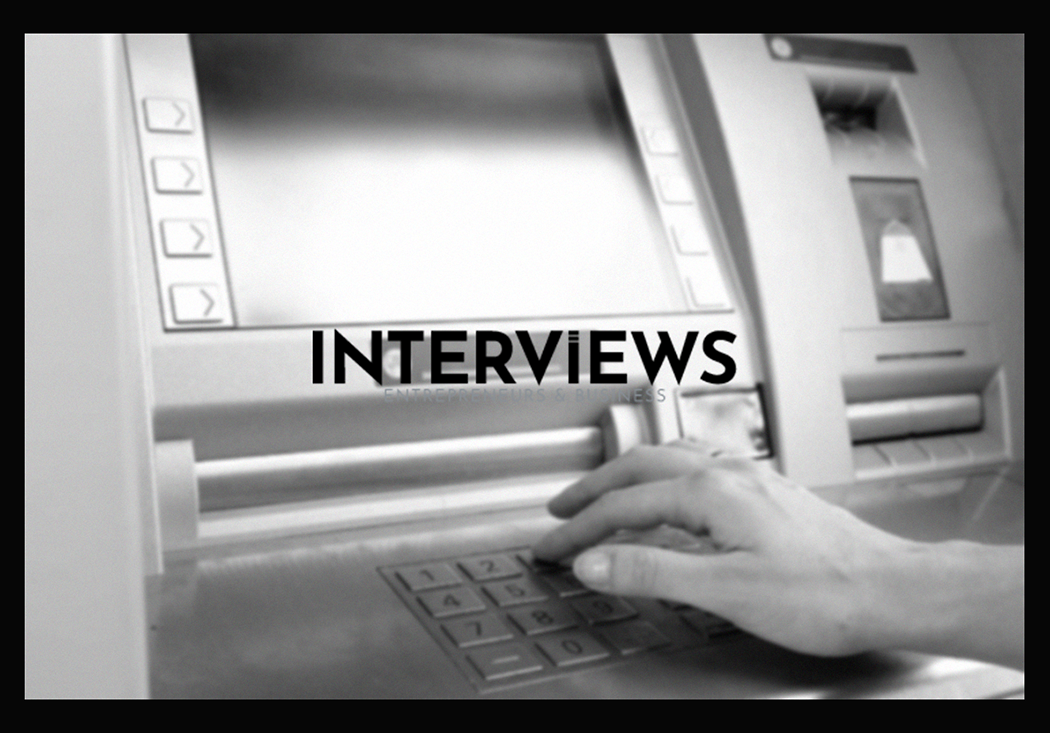Thinking of Diving into the ATM Business? Let’s Cash In on the Details
Considering owning ATMs? In a world where people tap their phones for payments, it might feel old-fashioned. But wait! ATMs are thriving and they can be a smart business move if approached correctly. This is your simple guide to making cash work for you.
1. The Dollar Bills of Startup Costs: What You’ll Actually Spend
Let’s discuss money. Starting an ATM business requires some investment. You spend to earn. Let’s examine costs:
- The ATM Machine Itself: Your Shiny New (or Used) Toy
- New ATMs: These can cost between $1,000 and $10,000. It’s like buying a car – newer models are pricier but typically more reliable.
- Used ATMs: They are cheaper. However, older models might have quirks – like slow transaction speeds or an outdated appearance. Weigh savings against potential issues.
- Cash, Glorious Cash: Stocking Your Money Machine
- You need to initially fill your ATM with cash. This can be anywhere from $500 to $16,000 or more, based on location and withdrawal frequency.
- Newbies usually stock $1,000 to $3,000. This cash serves as your initial supply, ready to be dispensed and later refilled with surcharge fees.
- The Never-Ending Story of Ongoing Expenses
- Maintenance: Owning an ATM means you’re its caretaker. You must keep it filled, functioning, and well-maintained.
- Cash Reloading: It’s wise to hire professionals for cash replenishment. Banks or armored car services manage this task for a fee.
- Servicing Fees: Not into DIY? You can hire contractors for ATM servicing. It’s convenient but incurs more costs. Balancing time and expenses is essential.
- The Less Obvious Costs: Beyond the Machine
- Licenses and Permits: You’ll need legal paperwork to operate an ATM business. Costs differ based on location due to varying regulations.
- Business Plan Development: Not a direct financial cost but requires time. A solid business plan helps define your budget, scope, and operation strategies. Think of it as your business roadmap.
2. Is Owning an ATM Actually Profitable? Let’s Crunch Some Numbers (Sort Of)
Now for the big question: Can this be profitable? Yes, potentially. It’s nuanced.
- The Profit Pie: Interchange Fees
- Interchange fees are critical. When someone uses your ATM away from their bank, you earn a portion of the transaction fee.
- Profitability Power-Ups (and Power-Downs)
- Location, Location, Location: It’s crucial. An ATM far from foot traffic will struggle. High-traffic areas are best – think busy streets and shopping malls.
- Transaction Volume: More users equal more earnings. It’s about the numbers.
- Cost Management: Being prudent with expenses counts. Managing maintenance effectively while enhancing security matters for maximizing profits.
- Initial Investment: Gearing Up to Get Going
- ATM Cost: Prices range from $2,000 to $8,000 based on specifications.
- Cash Inventory: You must front cash for the machine. Withdrawals ideally replenish funds through surcharge revenue, creating a cash flow cycle.
- The Bumps in the Road: Challenges to Consider
- Competition: The ATM market is crowded. Identifying underserved areas is vital. It’s a challenge.
- Maintenance and Security: ATMs need regular checks and robust security to prevent theft and vandalism.
- Digital Payments: The Elephant in the Room: Rising digital payments pose questions. Cash isn’t disappearing soon, but stay adaptable.
- Alternatives: Dip Your Toes In or Go All In?
- Full-Service ATM Programs: If you want less hassle, look for programs where retailers manage machines. This reduces your responsibility but might cut profits.
- ATM Routes: Some choose to buy routes, servicing multiple machines for higher rewards with more work.
3. Cash Management 101: Keeping the Green Flowing (Into and Out of Your ATM)
How does cash work in this business? It’s not magic.
- Who’s Holding the Cash Bag? Responsibility for Filling Up
- Banks: They ensure their ATMs are stocked with cash.
- Internal Staff vs. Outsourcing: Banks either use their employees or hire cash management companies for refilling.
- Cash Management Companies: The Pros of Secure Green: These firms specialize in cash handling and ATM refills, providing security and efficiency.
- The Refilling Ritual: Out with the Old, In with the New Bills
- The process is simple: Remove old cash and load fresh bills, mixing the right denominations.
- How Often Does the Cash Fairy Visit? Refill Frequency
- Factors That Decide the Refill Schedule:
- Location: Busy ATMs need more frequent refills compared to quieter spots.
- Usage Patterns: High usage means more refills are necessary.
- Cash Demand: If larger amounts are withdrawn, prepare for more frequent refills.
- Bank Scheduling Secrets: How They Know When to Refill
- Historical Data: Banks analyze past transactions to predict cash needs and schedule refills.
- Third-Party Help: External companies often manage ATM replenishment.
- Factors That Decide the Refill Schedule:
-
-
- the whole shebang – remove old cash, load new money. That’s the process.
- Real-World Refill Examples:
- High-Traffic Zones: Daily refills, maybe twice a day in busy spots. Think of it like feeding a hungry beast.
- Quieter Corners: Rural ATMs may need a refill once a week or less. They are more like a slow-sipping camel.
-
- How Much Cash Can These Machines Hold Anyway? Cash Capacity
- Average Cash Stash: ATMs can hold about $20,000 to $100,000. That offers a lot of withdrawal power.
- Factors That Dictate Capacity: Location, type of machine, and demand impact ATM capacity. City ATMs have bigger cash vaults than rural ones.
- Withdrawal Limits: Ever wonder why you can’t withdraw your whole life savings at once? Limits are between $300 to $1,500 daily. They keep things somewhat controlled.
4. Ready to Roll? Your ATM Business Launchpad: Key Steps
You’re still reading. This ATM thing is interesting. Here’s how to get started:
- Conduct Market Research: Don’t just guess where ATMs are needed. Do your homework. Check locations, foot traffic, and competition. Be a detective for dollars.
- Complete Legal and Financial Requirements: Sort out licenses, permits, structure, accounts. Handle the boring but essential tasks first.
- Choose the Right ATM Machine: New or used? Fancy features or basic? Pick one that fits your budget and business goals. This is your workhorse, choose wisely.
- Install and Operate the ATM Machines: Secure installation is key. Ensure everything works smoothly before welcoming customers.
- Market and Promote Your ATM Business: Even ATMs need marketing. Inform local businesses and ensure visibility and accessibility. Get the word out that you dispense cash.
5. Legalese and Admin Stuff: The Less Glamorous But Crucial Bits
Nobody loves paperwork. Ignoring it is a recipe for disaster.
- Licenses and Permits: (Yes, it’s important). City, state, or federal licenses depend on your location. Don’t skip this step.
- Business Structure: Choose among LLC, corporation, or sole proprietor with DBA. Select based on your risk tolerance. Seek legal advice if confused.
- Site Location Agreement: If placing an ATM in someone else’s business, you need a solid agreement covering terms and responsibilities. Get it in writing.
6. ATM Security: Keeping Your Cash Safe and Sound
ATMs are targets for thieves. Security is crucial.
- GPS Trackers: Your Anti-Theft Superhero Gadget
- Theft Prevention and Rapid Recovery: GPS trackers act as silent alarms. They deter thieves. If your ATM is stolen, they help authorities track it quickly.
- Monitoring and Maintenance Magic: GPS trackers aid in theft prevention. They help monitor status and optimize cash runs. That improves efficiency and service.
- Insurance and Risk Management Shield: Insurers like security. GPS trackers may be required by insurers for safety. It’s like earning brownie points for being responsible.
7. Financial Nitty-Gritty: How the Money Actually Flows
Let’s discuss cash flow (beyond just filling the ATM).
- How ATM Owners Get Paid: The Transaction Fee Cut: You receive a part of the transaction fee each time someone uses your machine. Fees add up with volume.
- ATM Fees: Surcharges and Foreign Fees: Customers face surcharges and foreign fees outside their bank’s network. That’s your revenue source. Be reasonable; nobody wants to feel gouged.
- Initial Investment and Operational Costs (Revisited): Keep operating costs in mind. Include them in your profit calculations. Don’t forget anything!
- Banking Needs: Business Banking Basics
- Business Bank Account: You need a dedicated business bank account for ATM income and expenses. Keep personal and business finances separate.
- DBA Registration for Banking Purposes: “Doing Business As” is necessary if your business name differs from your personal name. It keeps everything legit.
8. Other Bits and Bobs to Keep in Mind
Almost done! Just a few more tips.
- Location, Location, Location… Again: Can’t stress this enough.
- High-Traffic Areas: The golden rule remains.
- Accessibility: Easy to find, reach, and use. Don’t put your ATM in a dark alley.
- Visibility: Good signage is essential. People need to SEE your ATM to use it.
- The Future of ATMs: What’s Next?
- Digital Payments: They are on the rise. However, cash isn’t dead yet. ATMs will adapt.
- Interactive Teller Machines (ITMs): These are like enhanced ATMs – they include video tellers and more services. Could represent the future of ATMs.
9. Wait, What Exactly IS an ATM Anyway? Just in Case…
Automated Teller Machine – a self-service banking kiosk. “Automated” means no human teller involved, “Teller” refers to cash withdrawal functions, and “Machine” indicates it operates as a device. Mystery solved! So, there you have it. The world of ATM ownership is demystified. It’s not a get-rich-quick scheme but with solid planning and a little luck, it can be a successful business. Now go and dispense!





